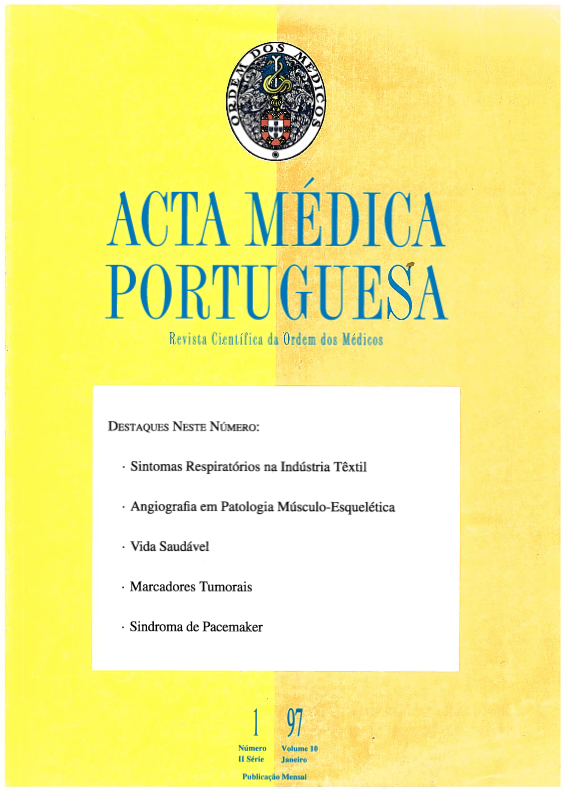Reconstruction of the anterior cranial base with a frontal muscle flap in cerebrospinal fluid fistulae.
DOI:
https://doi.org/10.20344/amp.2386Abstract
Craniofacial infection is a major problem for the plastic and neurosurgical team. Previous successful experiences with free muscle and omentum flaps and the galea frontalis myofascial flap have been reported, avoiding disastrous complications after frontofacial advancements and the resection of skull base tumors. The authors report the clinical use of the galea frontalis myofascial flap in the treatment of anterior fossa CSF leaks. This flap provides an adequate sized and vascularized barrier between the cranial and nasal cavities through which the cells of the inflammatory response reach the target area. This technique was used in 11 cases with complete success; in-6 patients, repair of the anterior cranial base bone defect was performed with split calvarium bone grafts, harvested from craniotomy bone. In all the patients, neither the recurrence of the CSF leakage nor post-operative meningitis or its recurrence were observed.Downloads
Downloads
How to Cite
Issue
Section
License
All the articles published in the AMP are open access and comply with the requirements of funding agencies or academic institutions. The AMP is governed by the terms of the Creative Commons ‘Attribution – Non-Commercial Use - (CC-BY-NC)’ license, regarding the use by third parties.
It is the author’s responsibility to obtain approval for the reproduction of figures, tables, etc. from other publications.
Upon acceptance of an article for publication, the authors will be asked to complete the ICMJE “Copyright Liability and Copyright Sharing Statement “(http://www.actamedicaportuguesa.com/info/AMP-NormasPublicacao.pdf) and the “Declaration of Potential Conflicts of Interest” (http:// www.icmje.org/conflicts-of-interest). An e-mail will be sent to the corresponding author to acknowledge receipt of the manuscript.
After publication, the authors are authorised to make their articles available in repositories of their institutions of origin, as long as they always mention where they were published and according to the Creative Commons license.









